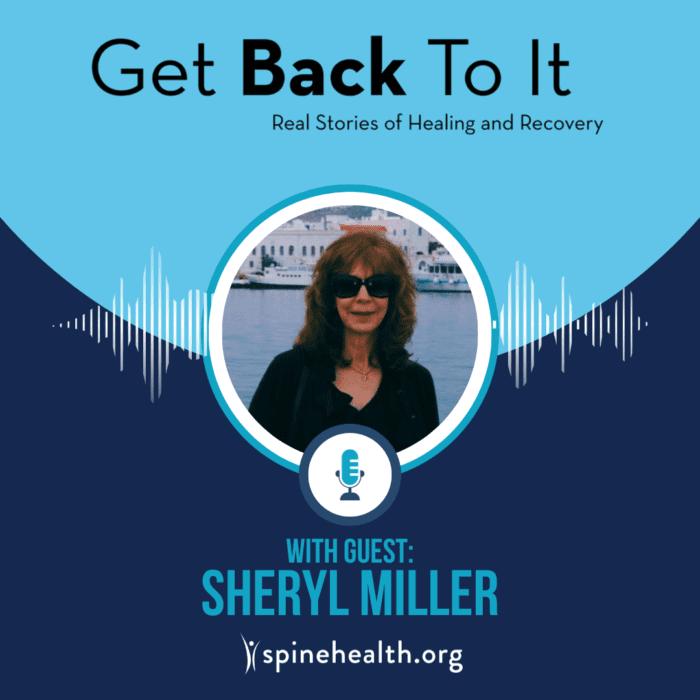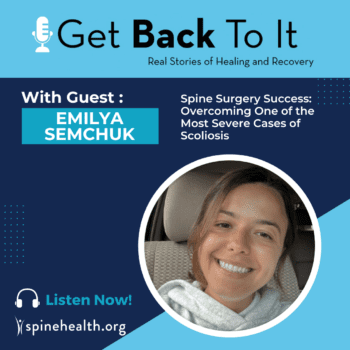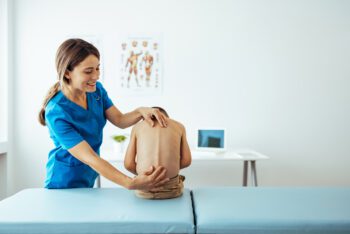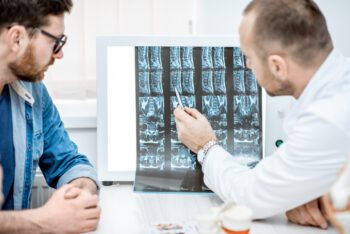In this episode of Get Back To It, Sheryl shares her remarkable story. In 8th grade, she was diagnosed with scoliosis after falling off a horse and wore the Milwaukee brace throughout high school. Despite her initial 56-degree curve, she opted for non-operative care over surgery for most of her life. This seemed to manage her pain until her husband fell ill with cancer and eventually required full home care, which took a huge toll on her spine health.
At 64 years old, Sheryl’s health was changing, and she knew she was running out of time. Her curve was now 100 degrees, and her ribs were almost touching her hips. She was in constant, excruciating pain and couldn’t function anymore. Her bone health was worsening with osteopenia, and she was concerned that she wouldn’t be a surgical candidate if she waited longer.
Ultimately, she found full trust in Dr. Lenke, who performed a 9-hour surgery to fuse her spine with rods and screws. The surgery was incredibly successful. Sheryl is grateful to have more mobility than she expected, lives independently, and even kept up on a recent family vacation to Disneyland. She exudes hope and positivity, honoring her late husband. Her best advice is to talk with other patients in the waiting room and use your energy for personal advocacy and research. Seek and find help, no matter how bad your condition may seem.



